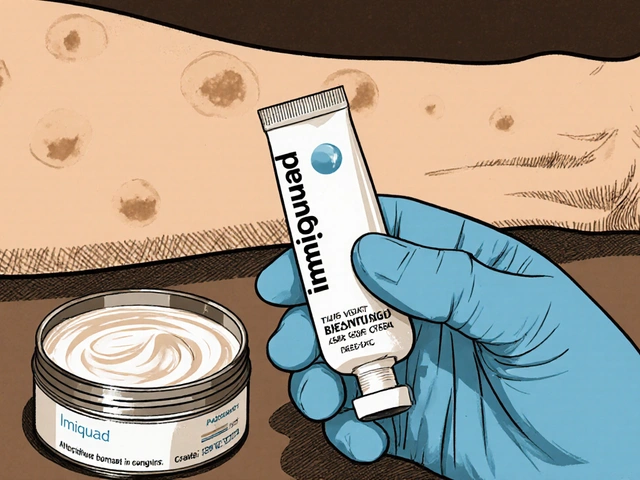Hemophilia A vs B: What’s the Real Difference?
If you’ve heard the terms hemophilia A and hemophilia B, you probably wonder how they differ. Both are bleeding disorders, but the missing clotting factor and a few practical details set them apart. Knowing the basics helps you spot symptoms early and choose the right treatment.
Causes and Genetics
Hemophilia A is caused by a deficiency of factor VIII, while hemophilia B comes from a lack of factor IX. Both factors work together to stop bleeding, so when one is low, blood can keep oozing longer than normal.
The genes for factor VIII (F8) and factor IX (F9) sit on the X chromosome. Because men have only one X, a single faulty gene gives them the disease. Women can be carriers; they usually don’t have severe bleeding but can pass the gene to their kids.
In about 80‑85% of cases the problem is hemophilia A, making it the more common type. Hemophilia B accounts for the remaining 15‑20%. The inheritance pattern is the same, but the specific mutation in the DNA differs, which matters for genetic testing.
Symptoms and Bleeding Patterns
Both types cause similar bleeding problems: easy bruising, joint bleeds, and prolonged bleeding after cuts or dental work. However, some patients notice subtle differences. Hemophilia A sometimes shows up with deeper joint bleeds earlier in life, while hemophilia B can present with milder bleeding in the first few years.
Typical signs to watch for include:
- Unexplained bruises or large bruises after minor bumps.
- Bleeding into joints (especially knees, elbows, ankles) that leads to swelling and pain.
- Frequent nosebleeds that won’t stop.
- Blood in urine or stool after injuries.
If any of these happen repeatedly, a doctor should run clotting tests. The test results will tell whether factor VIII or factor IX is low, pinning down A or B.
Severity is measured by the percentage of normal clotting factor in the blood. Less than 1% means severe, 1‑5% is moderate, and above 5% is mild. The severity level, not the type, usually predicts how often bleeding episodes happen.
Treatment Options
Both hemophilia A and B are treated with factor replacement therapy. For A, you get factor VIII concentrates; for B, you receive factor IX concentrates. The products can be made from plasma or engineered in a lab (recombinant).
Newer options include longer‑acting (extended‑half‑life) concentrates that let patients infuse less often. Gene therapy is also making headlines: a one‑time infusion that adds a functional copy of the missing gene. It’s approved for some hemophilia B patients and is in trials for hemophilia A.
On‑demand treatment means you infuse the factor right after a bleed starts. Prophylactic treatment means regular infusions (often twice a week) to keep factor levels high and prevent bleeds altogether. Deciding which approach works best depends on severity, lifestyle, and personal preference.
Aside from factor therapy, good joint care matters. Physical therapy, regular movement, and staying active help keep joints healthy. Avoiding aspirin and other blood‑thinners is also wise unless a doctor says otherwise.
In short, hemophilia A and B share many features, but they differ in the specific clotting factor that’s missing. Knowing which factor is low guides testing, treatment, and family planning. Talk to your health provider if you suspect a bleeding disorder—you’ll get the right tests, the right factor, and a plan to keep you living an active life.
Why Early Diagnosis Matters in Hemophilia - Risks, Tests & Treatment
Discover how early diagnosis of hemophilia saves lives, cuts complications, and opens doors to effective treatments like prophylactic therapy and gene therapy.





